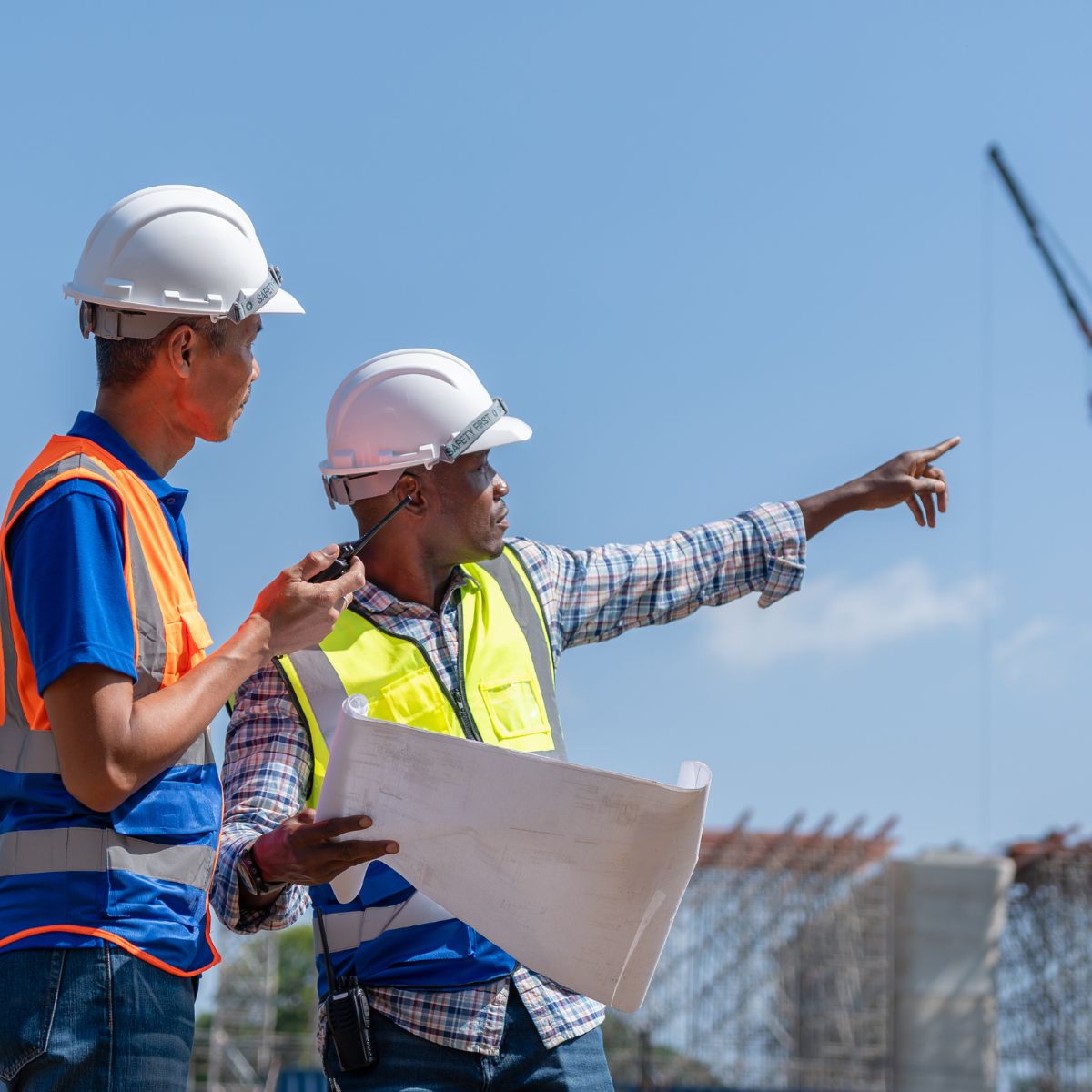GATEWAY 2:
A SPECIFIER'S FIELD GUIDE TO FIRESTOPPING COMPLIANCE
By Gavin Jaggard – Specification Manager South, PFC Corofil

The construction industry is undergoing a seismic shift in how fire safety (and indeed all aspects of building safety) is approached, especially in higher-risk buildings (HRBs).
With the introduction of the Building Safety Act, Gateway 2 has emerged as a crucial checkpoint in the journey toward building control approval. For specifiers and contractors, understanding firestopping compliance at this stage is essential.
At PFC Corofil, we’ve been working closely with project teams to ensure passive fire protection strategies are not only robust but also fully documented and compliant. This field guide is designed to help you navigate Gateway 2 with confidence and technical precision.
At PFC Corofil, we believe in delivering exceptional quality without compromise. Our intumescent fire protection products are proudly designed and manufactured in the UK, meeting and exceeding industry standards to ensure maximum safety and reliability when it matters most.
Key Requirements for Firestopping Compliance
To meet Gateway 2 requirements, your submission must include a number of elements. Each of these elements plays a critical role in demonstrating that your passive fire protection strategy is both effective and compliant.
Finalised compartmentation drawings
Specifications for firestop systems
Fire test reports (available from PFC on request)
Installation guides (available from PFC on request)
Evidence of installer competency (FIRAS, UKAS)
Digital golden thread documentation
Understanding Gateway 2
The Building Safety Regulator (BSR) Gateway process was introduced to ensure that new high-risk buildings — generally those taller than 18 metres with residential use — meet strict safety and compliance standards before, during, and after construction. Gateway 2 represents a critical checkpoint: no construction can begin until the regulator is satisfied that the design demonstrates full compliance with building safety requirements.
Developers must submit detailed evidence covering fire safety strategies, structural integrity, material specifications, design accountability, and proof of competence for those involved. The submission also includes a “Golden Thread” of digital information that allows every decision to be traced throughout the building’s lifecycle.
PREPARE. PERFORM. PROTECT.
The Scale of the Challenge
Although the Gateway 2 system was designed to strengthen confidence in building safety, it has also exposed significant capacity and process challenges.
The level of documentation and coordination required across design teams, contractors, and consultants is far greater than under previous systems. Many developers have found that their initial submissions are rejected or delayed because the required information lacks clarity or depth. This has led to a high number of resubmissions, each extending project timelines and increasing costs. For smaller firms without extensive compliance teams, navigating the new regulatory framework has proven particularly difficult.

Common Pitfalls and How to Avoid Them
Many Gateway 2 submissions are delayed due to missing fire test reports or the use of non-certified products. Substituting firestop systems post-approval can also lead to rejections. To avoid these issues, it’s important to engage with building control early, specify tested and certified products, and ensure all documentation is complete and traceable.
PFC Corofil’s Role in Supporting Gateway 2
PFC Corofil is committed to fire testing our product range to suit the many varied types of construction methods.
We fire test our products to suit the applications the installer will build, such as testing, not just masonry to masonry, but also on SFS systems.
Our testing on SFS also includes testing with many different liner boards such as Calcium silicate cement fibre boards and various gypsum boards.
To support the submission, PFC Corofil can provide the architect/designer with the relevant test evidence in the form of classification reports, Field of application reports, or fire test reports, as well as 3rd party certification.
We will work with you from initial design, providing expert guidance and assistance to ensure the correct products can be included and backed by the relevant fire test evidence, from submittal preparation right through to the installation completion.

Best Practices for Specifiers and Contractors
Identify cavity barrier and linear gap seal requirements early in the design phase
Select products with proven fire test data and third-party certification
Document every product and installation method clearly
Coordinate with other trades to avoid late-stage changes
Maintain a digital golden thread of all fire protection details
Conclusion
Gateway 2 is more than a regulatory hurdle—it’s an opportunity to embed fire safety into the very fabric of your building. With the right firestop solutions, documentation, and support, specifiers and contractors can achieve building control approval with confidence. At PFC Corofil, we’re here to help you every step of the way.
For more information on our passive fire protection solutions or to speak with our technical team, contact us today.

